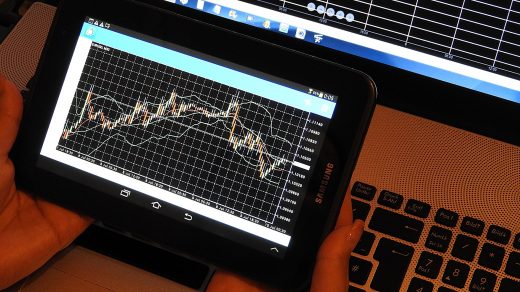One of the most crucial aspects of CFD trading is establishing a plan before entering into any transaction. A solid approach may make the difference between winning and losing, so it’s critical to know how to create and apply one.
There are many different CFD trading strategies, but not all will suit everyone. It is crucial to find a strategy that works well for you and your circumstances.
Scalping
One popular type of CFD trading strategy is known as scalping. Scalping involves taking small profits regularly, usually over a brief period. It can be an extremely profitable strategy, but it does require a significant amount of discipline and experience to be successful.
Swing trading
Another popular CFD trading strategy is swing trading. It involves holding a position for a more extended period than scalping to take advantage of more significant price movements. It can be a more relaxed way of trading, but it still requires a good understanding of the markets and patience to wait for the right opportunities.
Position trading
Position trading is a longer-term strategy that involves holding a position for weeks or even months. This strategy can take advantage of longer-term trends in the market. It can also diversify your portfolio and reduce your overall risk.
Day trading
It’s a lot riskier to adopt this approach because it can lead to far more significant losses if your assumptions about the market are incorrect. However, if done correctly, it may be pretty lucrative.
Momentum trading
Momentum trading is buying and selling assets to profit from changes in price direction. It’s a highly volatile and hazardous technique, but it may result in big profits if done correctly.
Arbitration
Arbitration is a type of trading that involves taking two opposite positions in two different markets to profit from the price difference. It can be a precarious strategy, but it can also lead to high profits.
It’s critical to have a clear strategy before entering any trade, regardless of the CFD trading technique you select. It will assist you in maintaining discipline and concentration and enhancing your chances of success. There are several advantages to trading CFDs. The most obvious is that you may profit from the underlying asset’s possible price changes without owning it. This broadens your scope of activity in the financial market.
A few things to consider
To begin with, consider your position and goals. Are you bullish or bearish on the underlying asset? What is your risk tolerance? How long do you want to hold the position?
Next, consider the market conditions. Are you trading in a bull market or a bear market? What is the current trend? Is the price of the underlying asset overvalued or undervalued?
You should bear in mind your level of expertise as well. A simple method is probably best if you’re new to CFD trading. You may experiment with more complex methods as your experience grows.
It’s also critical to set modest goals. Regardless of how good your plan is, there comes a time when everyone loses some money. Trades will occasionally go sour, and you must be prepared for it. Accepting losses is an essential aspect of successful trading.
One of the most significant advantages of trading CFDs is that you can use them to reduce your risk. For example, if you’re bullish on a particular stock but don’t want to risk your entire investment, you can buy a CFD instead. This will give you exposure to the stock’s upside potential while limiting your downside risk.
In conclusion
There is no universally applicable CFD trading strategy. What works for one trader may not work for another. It is critical to discover a plan that works for you and your goals. You have a better probability of success if you have a good strategy.



